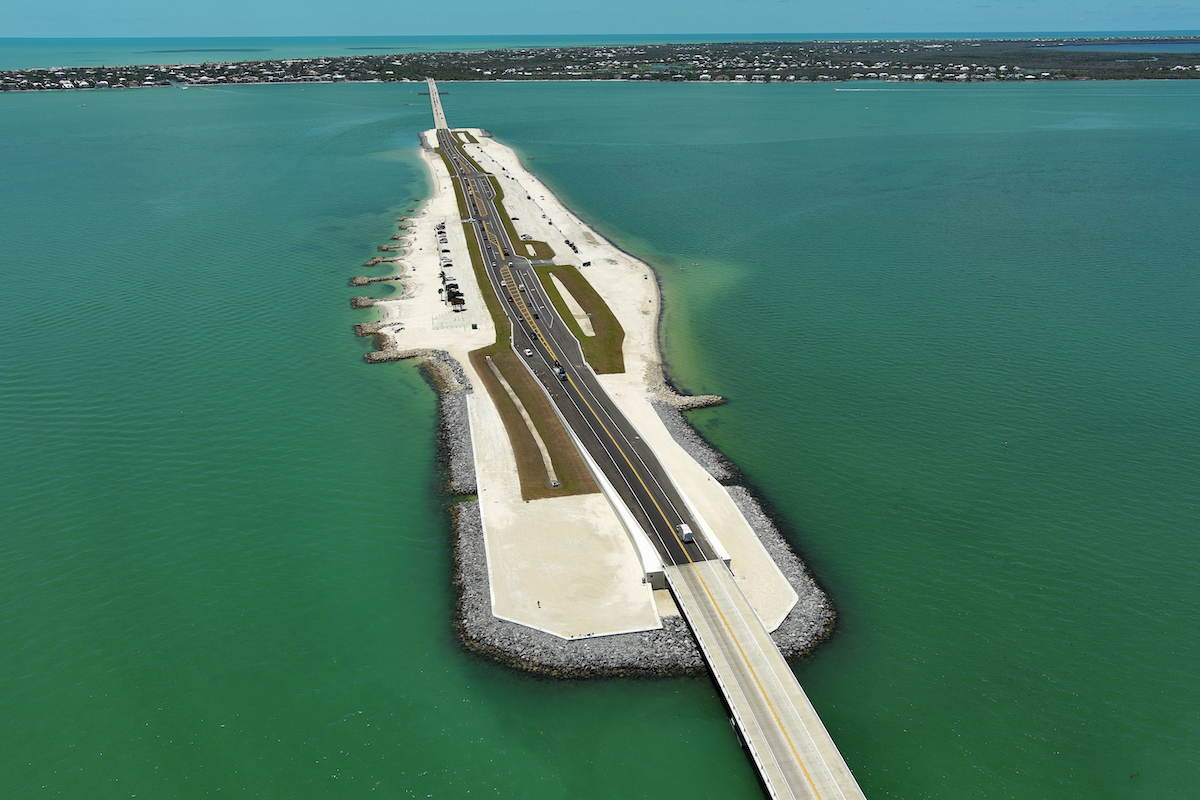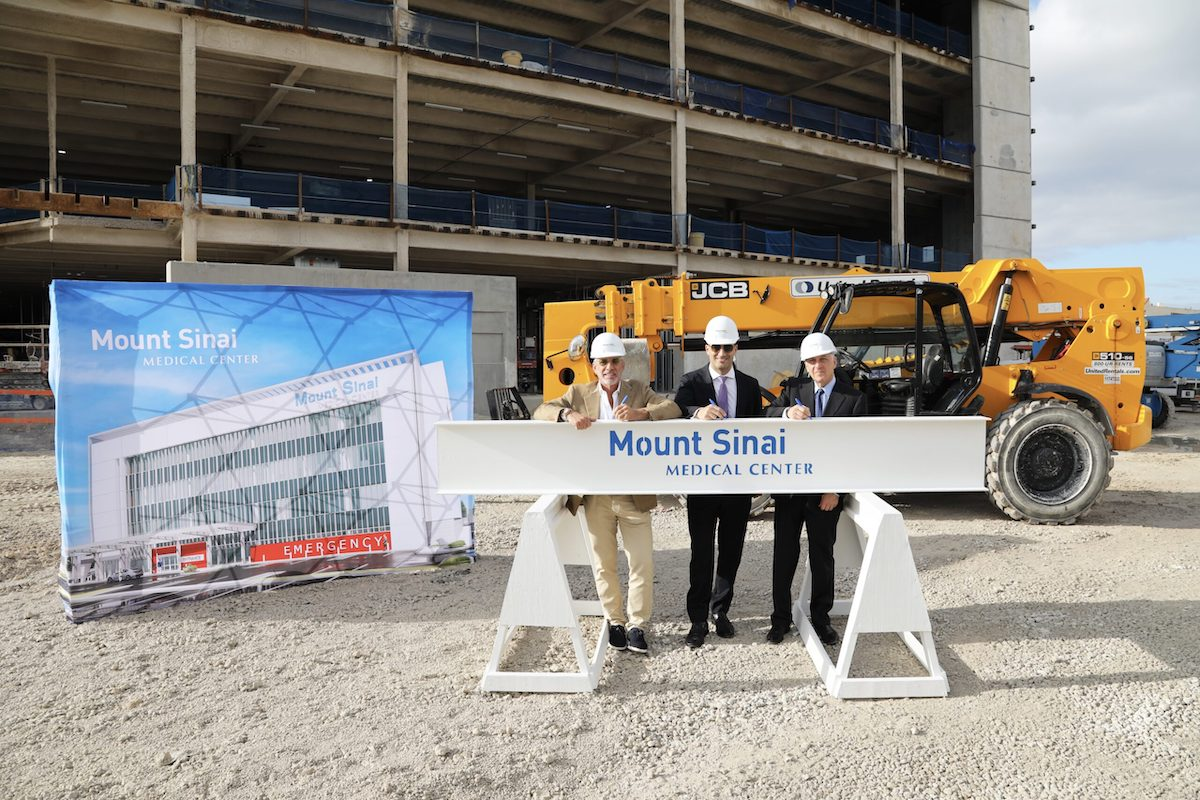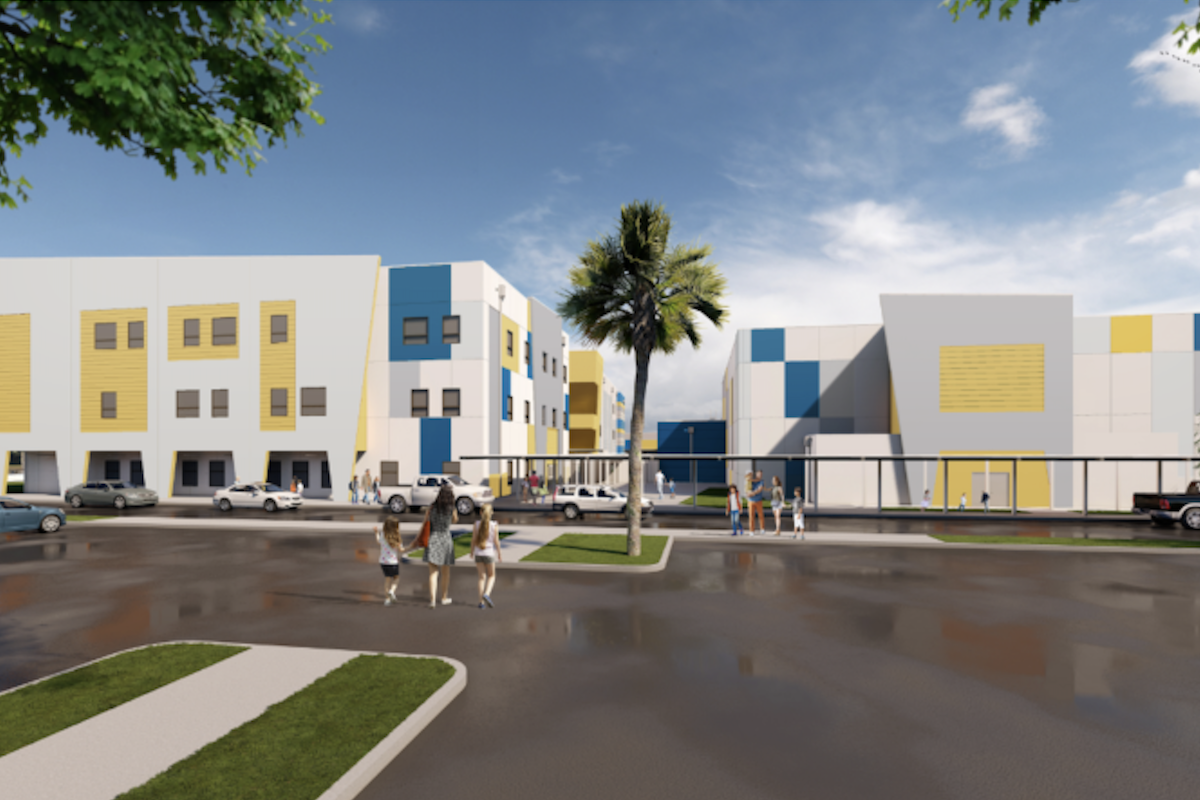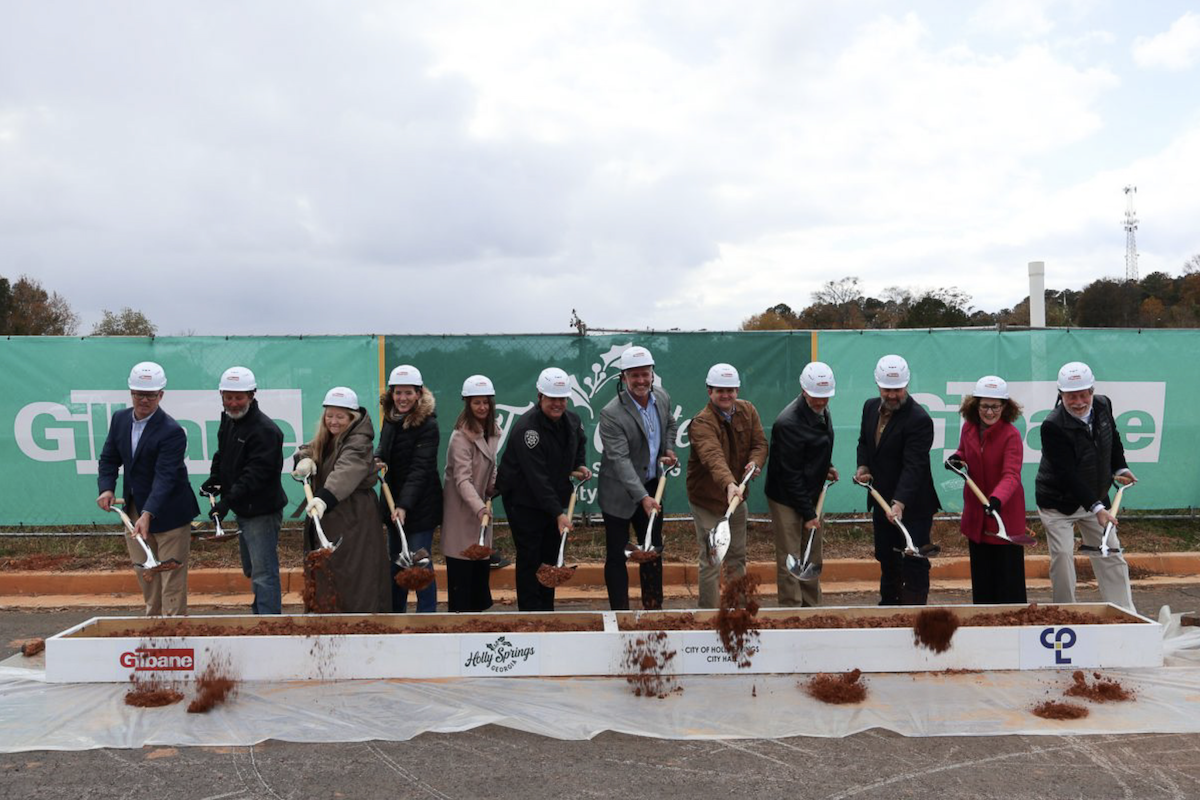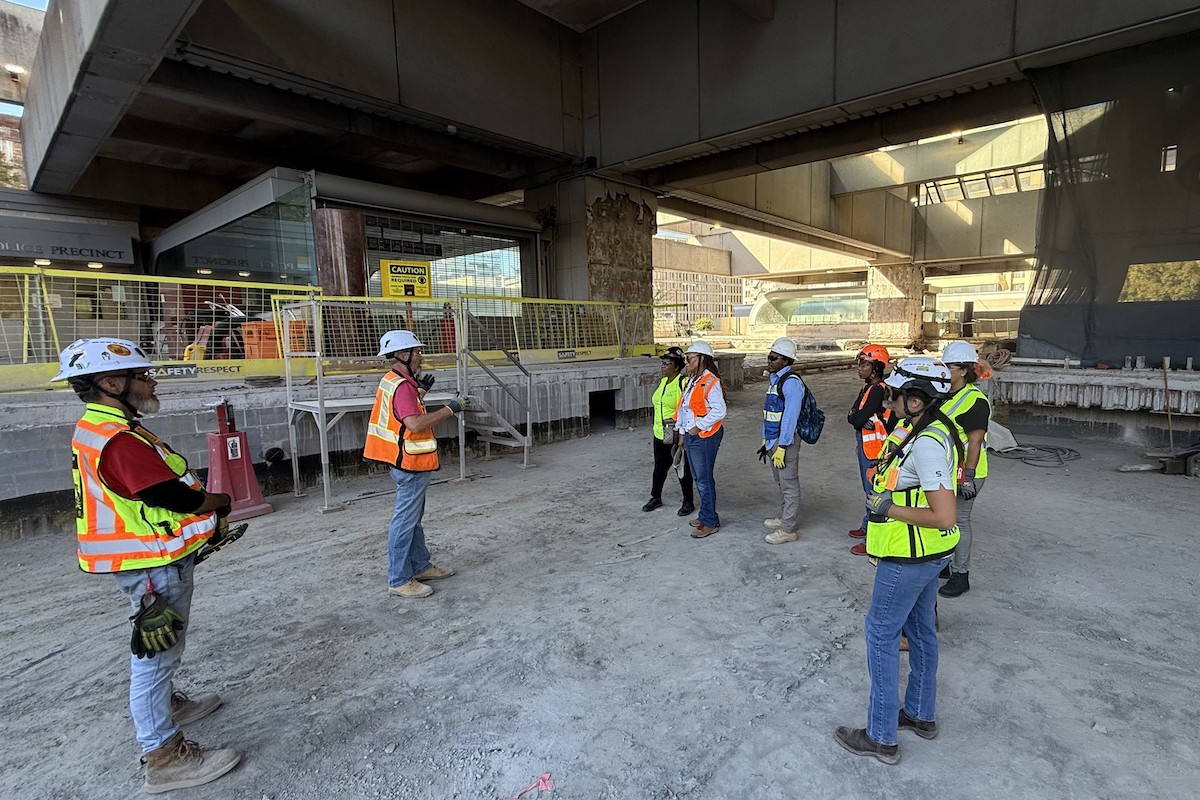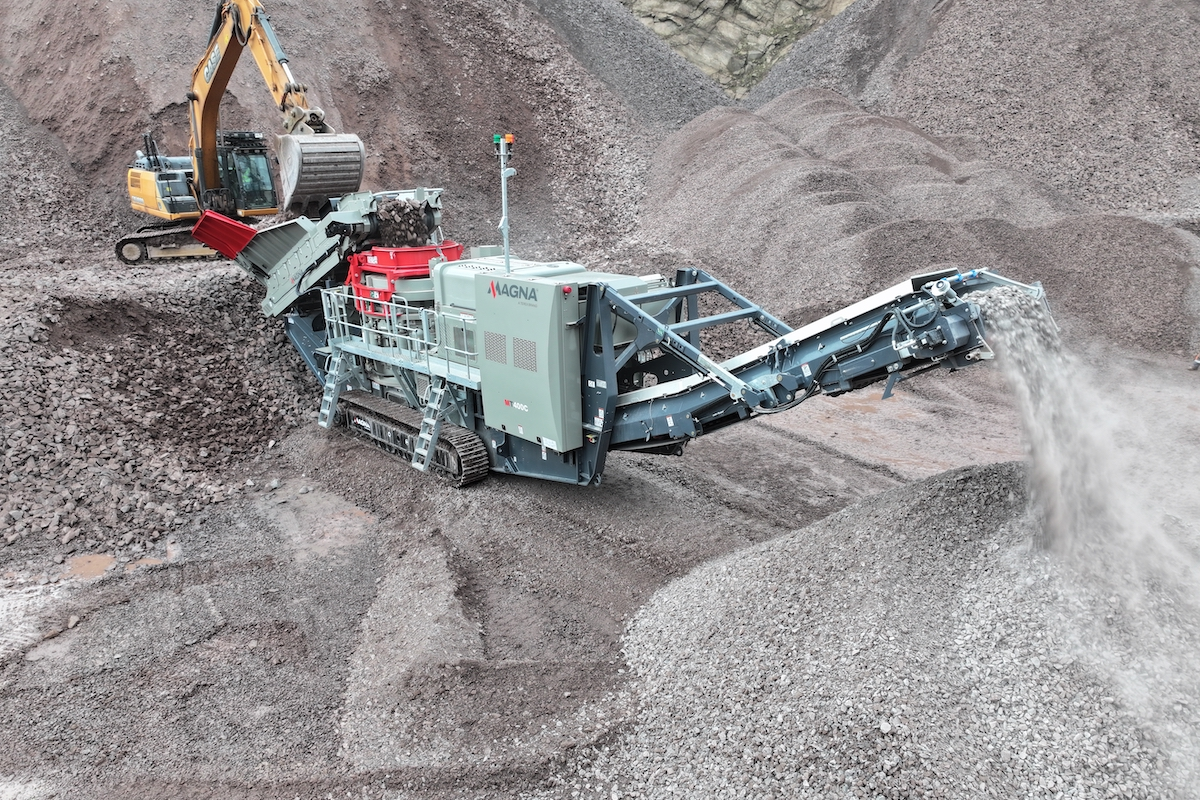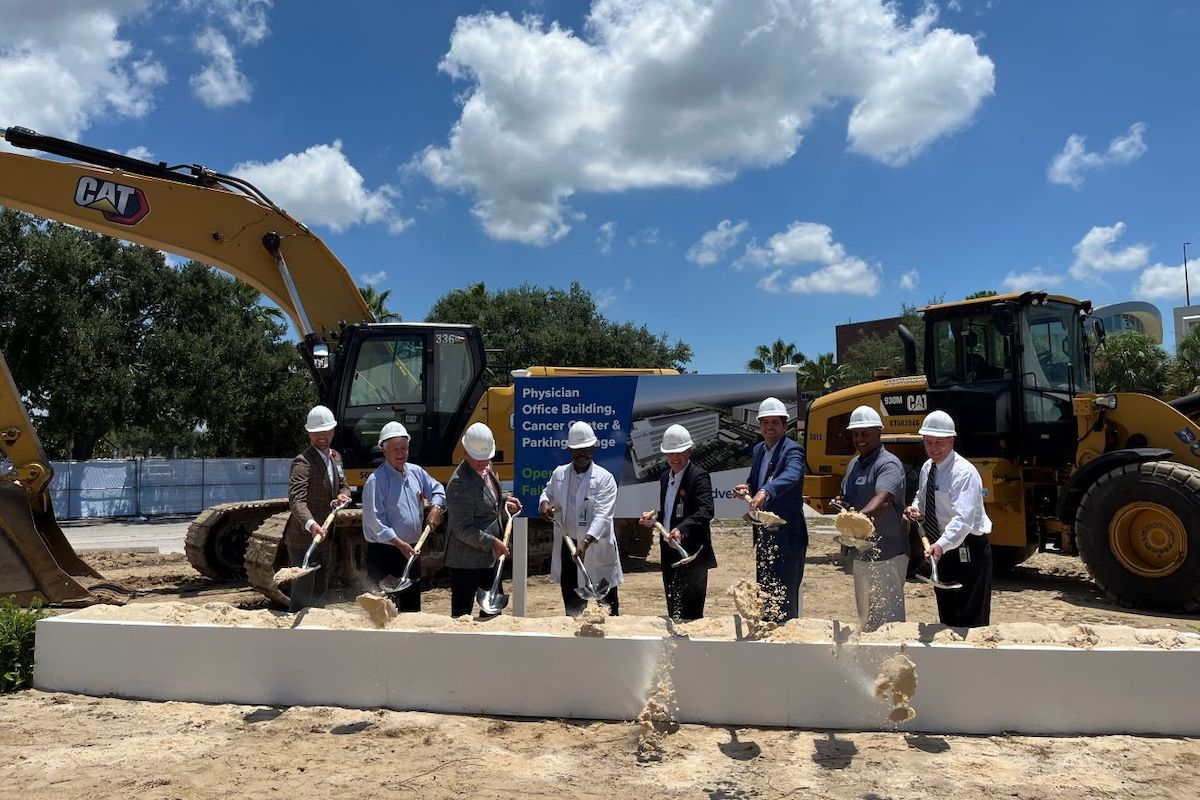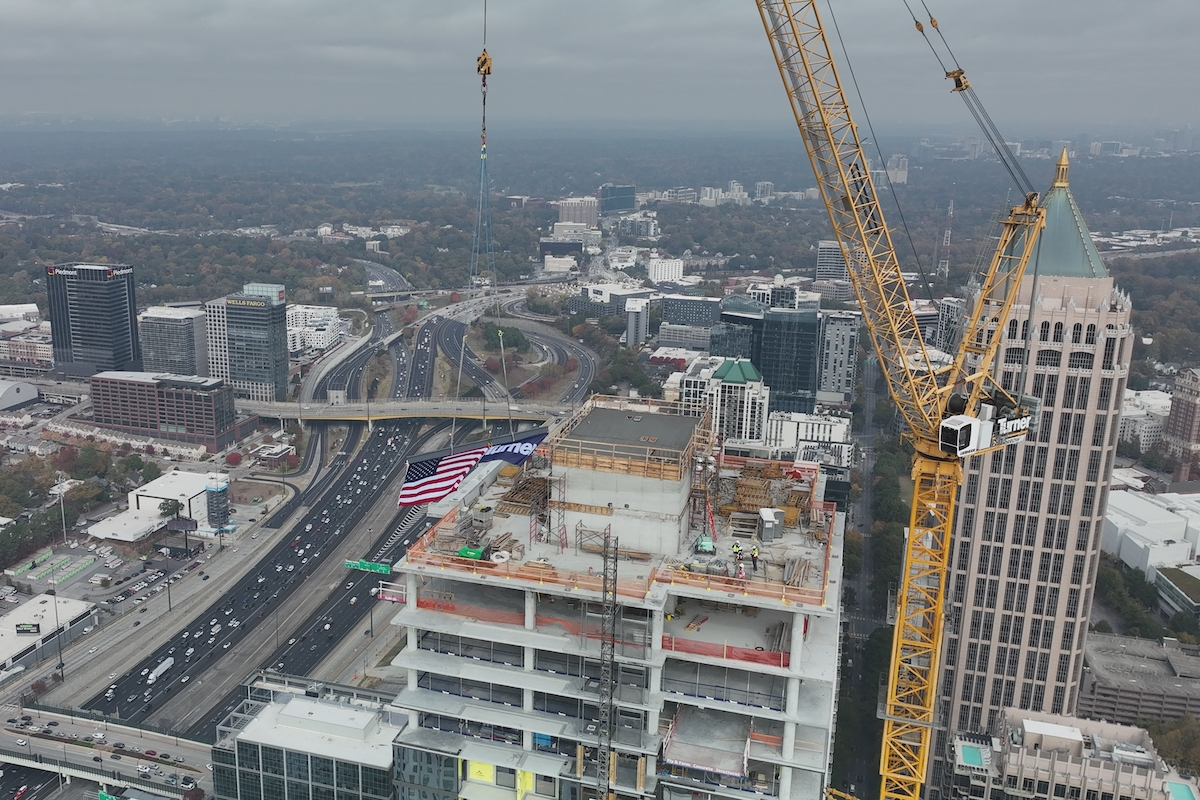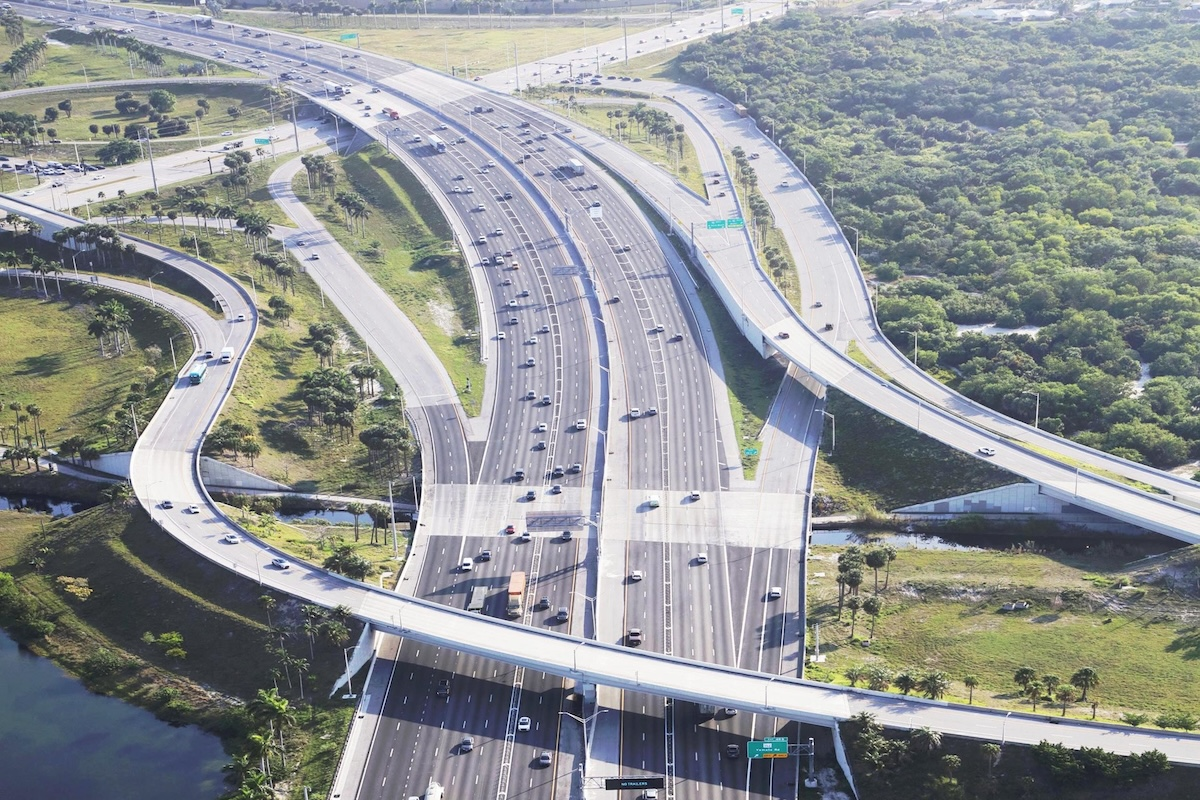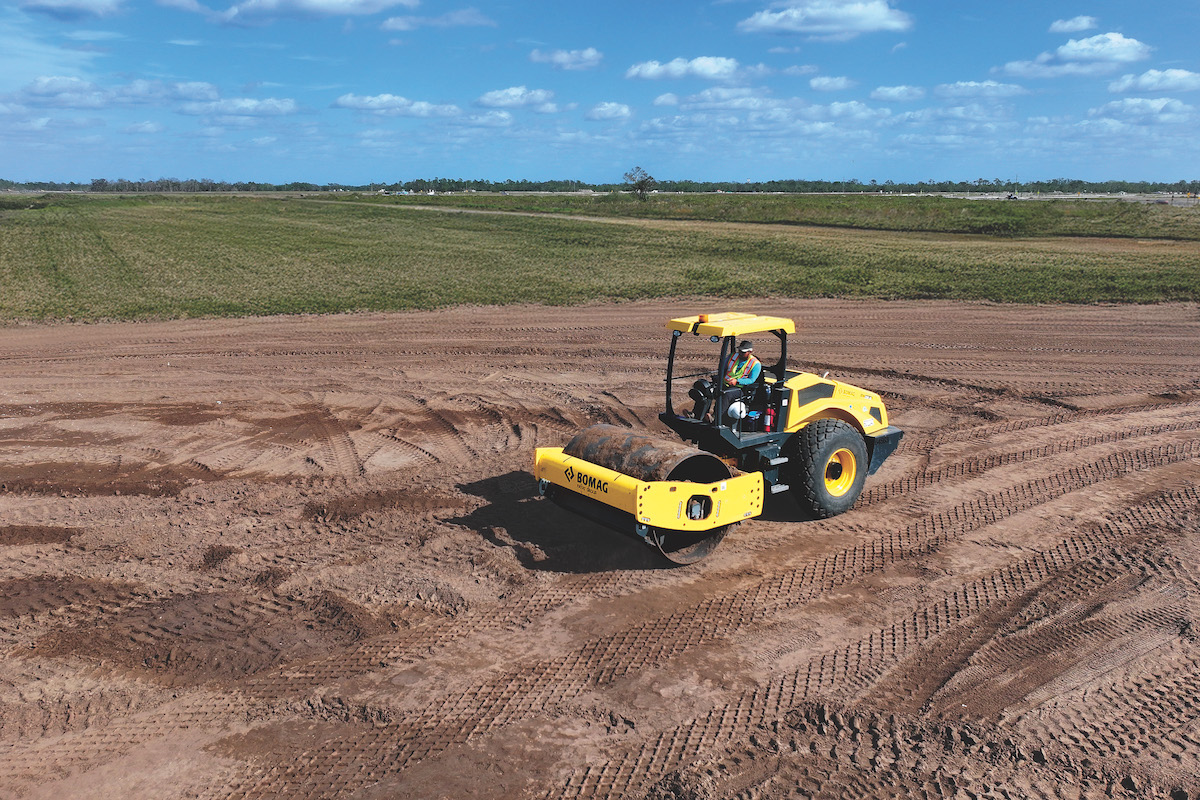“We’re coming down to the home stretch,” says David Phillips, Project Manager for MDOT SHA. “We think it is going to reduce travel times and congestion on I-270.”
At the project’s start, about 261,000 vehicles traveled on this section of I-270 daily, with anticipation that will grow to 300,000 vehicles by 2040. Traffic is highest near the Washington, D.C., Beltway. I-270, with two local lanes, one high-occupancy vehicle lane and four express lanes, frequently backs up.
A project goal is to reduce southbound – moving toward the District of Columbia – peak travel time by 30 minutes, reduce delays by 43 percent, and increase speeds by 23 percent. Northbound, the goal is to decrease peak delays by 8 percent. This innovative project accomplishes that, reports the MDOT SHA, by adding 45 ramp meters at 18 interchanges – 23 southbound and 22 northbound. Other elements of the overall $132 million I-270 ICM project include additional auxiliary lanes between interchanges, extension of acceleration and deceleration lanes and reconfiguration and restriping of existing lanes to optimize traffic operations.
“The goal was to reduce recuring congestion and improve travel time reliability in the corridor,” Phillips says. “We left it wide open. MDOT SHA does not always know what’s the best solution. Maybe there are innovations we haven’t seen, that a consultant or contractor has done in another state.”

| Your local Komatsu America Corp dealer |
|---|
| Linder Industrial Machinery |
Phillips describes the progressive design-build method as a combination of design-build and Construction Manager at Risk project development methodologies. This was the first time this delivery method had been used on a linear project in Maryland. The design-build team develops project solutions with MDOT SHA and, ultimately, creates a set of plans.
“Once they have a set of plans, we negotiate the cost,” Phillips says.
Phillips explains that progressive design-build offered many advantages, including increased flexibility and avenues for innovation. It also enables the department to understand and manage risk and proceed accordingly.
Teamwork is necessary to make this delivery method succeed. Both owner’s officials and designers and contractors talk through the pros, cons, and risks and then make the best choice. “We’re both in the trenches,” Phillips says. “It’s a very collaborative effort.”
Sean Campion, a Transportation Engineer at the MDOT SHA in charge of innovative contracting division, shared how proud he was in how everyone has worked together, weighing the options and achieving a common goal. “We have gotten a lot accomplished,” says Phillips.

| Your local Bobcat dealer |
|---|
| Pinnacle Central Co Inc |
“We were not expecting the hard civil improvements,” Campion says. “We found the idea of combining those improvements with the ramp metering was innovative and advantageous.”
All of the ramps in this section of the interstate will work together to determine where congestion is occurring and activate the ramp metering system to manage how vehicles enter the mainline. This allows motorists to find a gap more easily in traffic to safely merge.
“This is the first time the state has used ramp metering,” Phillips says. “There was a lot of negotiation and discussions to develop this system as a result.”
The ramp metering system required widening some of the ramps and installing conduit, signing, signals and posts, and sensors on each entrance ramp and sensors along the road, which monitor traffic flow. The algorithms determine the best times to let traffic go on the ramp to safely merge onto the highway while reducing delay on the mainline.
“It’s a pause for a much bigger gain on the commute,” Phillips says. “You know when you get the green light and go down the ramp, you will have the ability to get over, that there will be a gap there and it will be safer.”

| Your local Iowa Mold Tooling Co Inc dealer |
|---|
| Nichols Fleet Equipment |
The ramp metering system also required installing sensors on the ramp closer to the local roads to ensure traffic is not backing up on those streets.
“It’s a reactionary system that reacts to traffic,” Phillips says. “All the locations will act together to reduce congestion.”
The construction and installation of the ramp metering is complete on the southbound side. The system began working in September.
“When the signals are active during times of congestion, they will let vehicles go one at a time down the ramp to safely merge into I-270,” Phillips says.
Constructing the northbound side ramp metering is taking place now and will finish next year. The team also has one more section of civil improvements on the northbound side to complete.

| Your local Bomag Americas dealer |
|---|
| Linder Industrial Machinery |
The RK&K and General Concrete team has completed 15 of 16 civil improvement locations. Most of the work on the mainline took place during off-peak hours at night. But some work on the ramps took place during the day without impacting I-270. MDOT SHA also completed a significant amount of work during the COVID-19 lockdown, when traffic was lighter.
“We are ready to call this project a success,” Campion says. “A significant amount of improvements are in. We have almost delivered what we set out to deliver. We have come a long way. A hallmark of government sector work is working to improve the user experience of those that choose to utilize one of our facilities.”
Now, MDOT SHA has another technology – ramp metering – to help reduce congestion and a new project delivery method it can consider using on other projects.
“It’s another tool in our toolbox that we previously did not have,” says Phillips, adding, “We hope by doing these improvements we will be able to keep the traffic moving and reduce travel times.”
Photos courtesy of Maryland Department of Transportation State Highway Administration

| Your local Gomaco dealer |
|---|
| Ring Power Corporation |


















